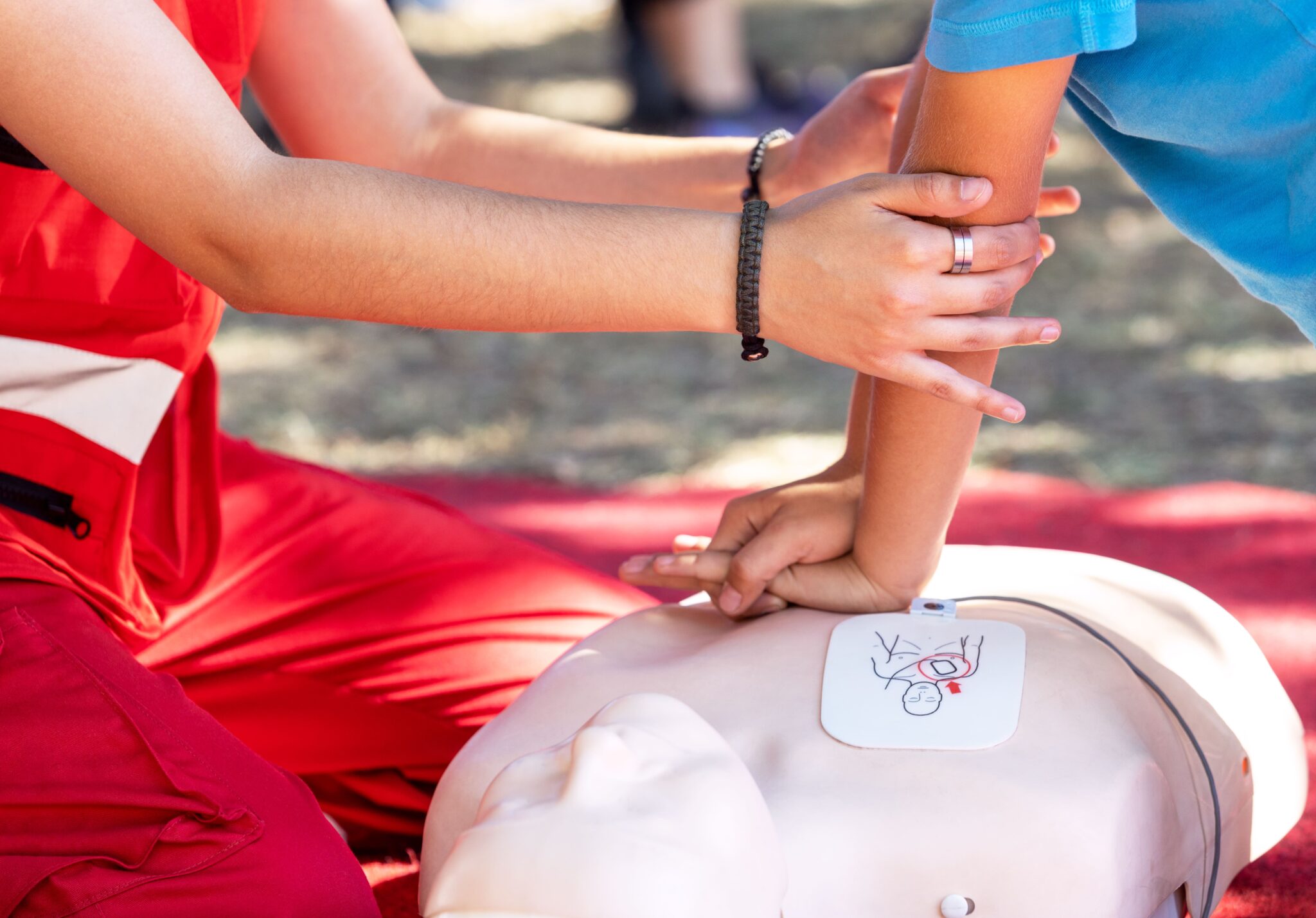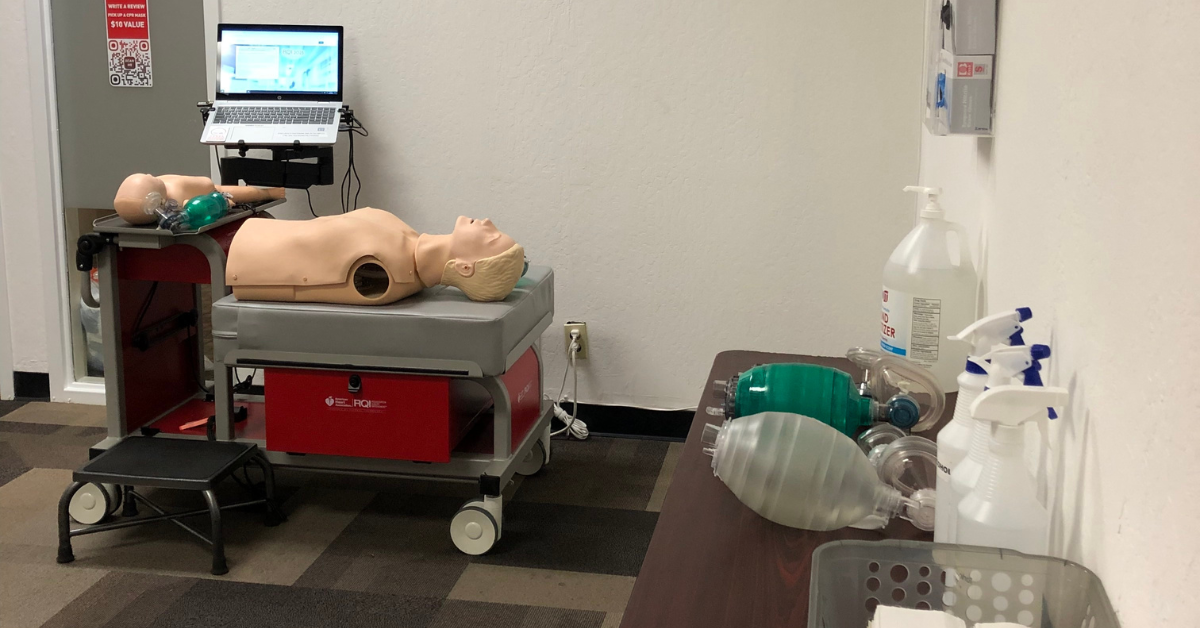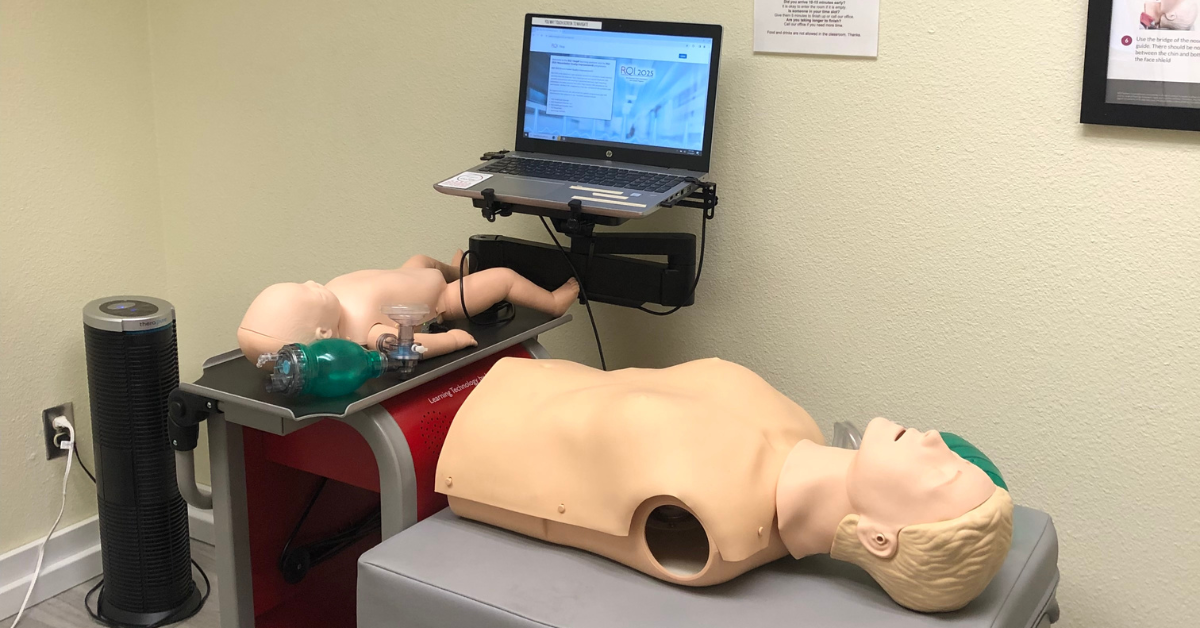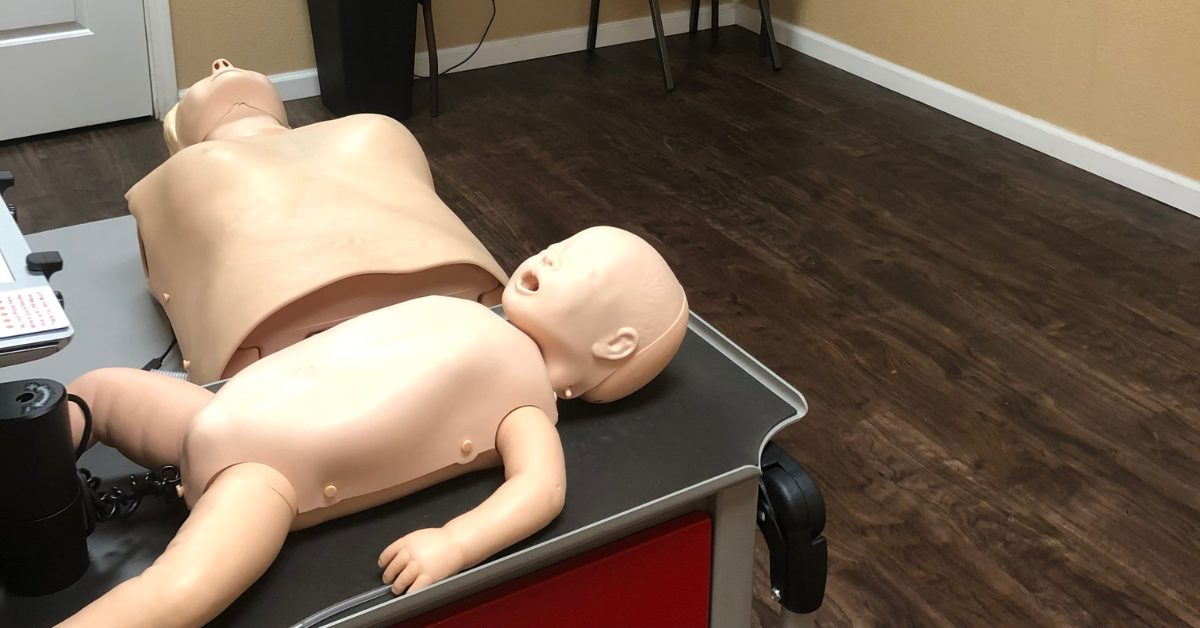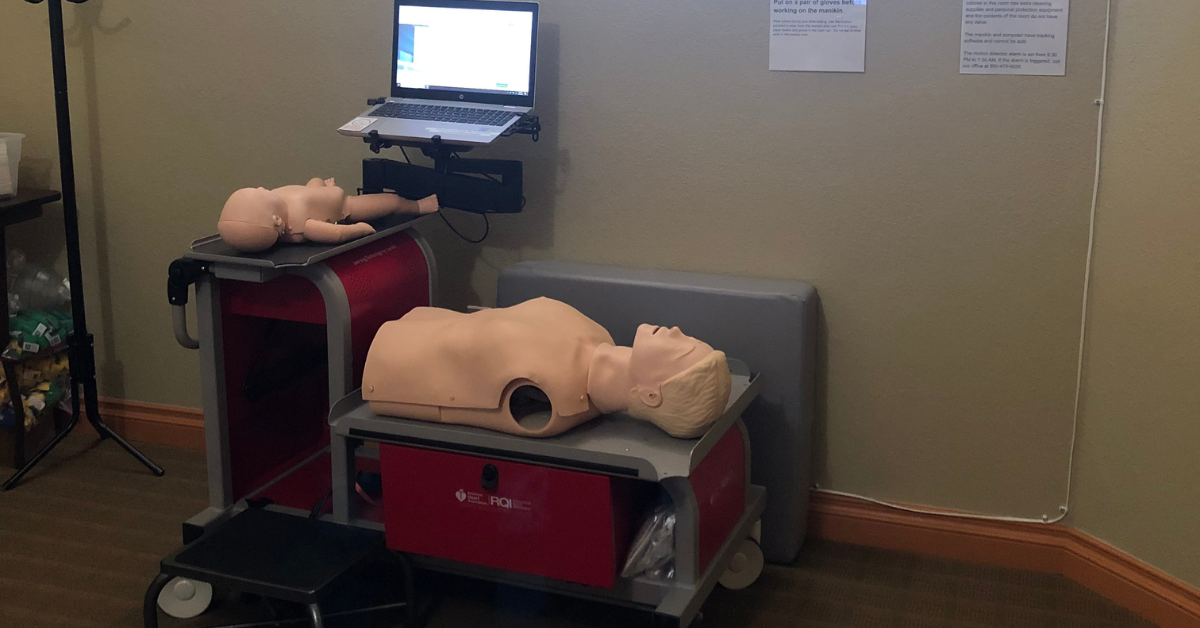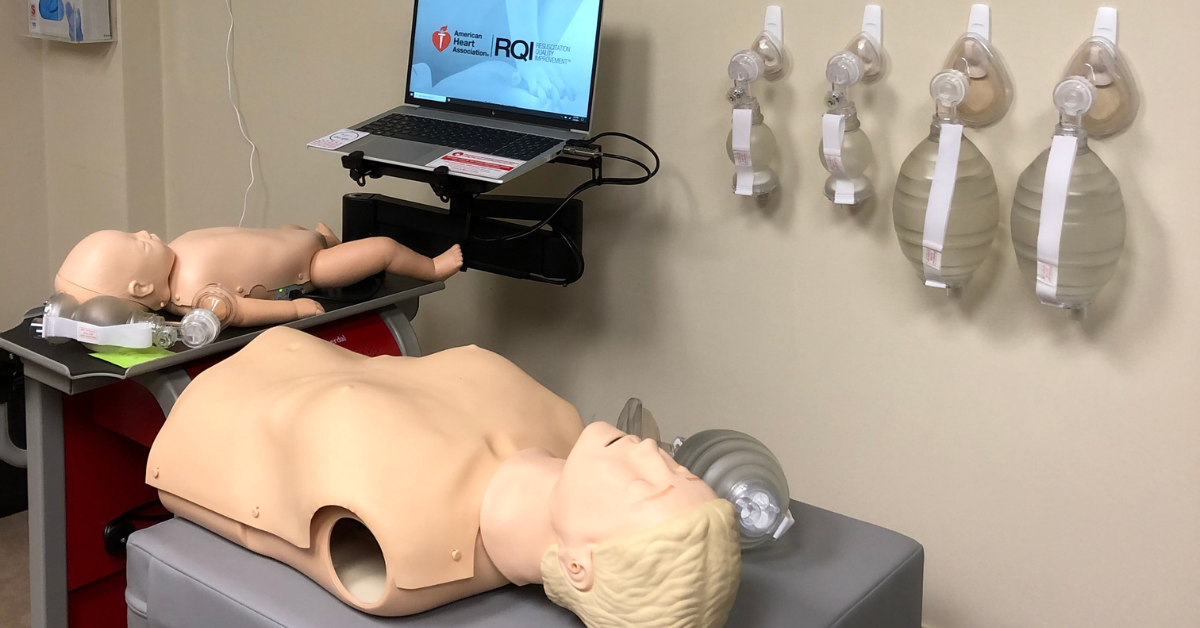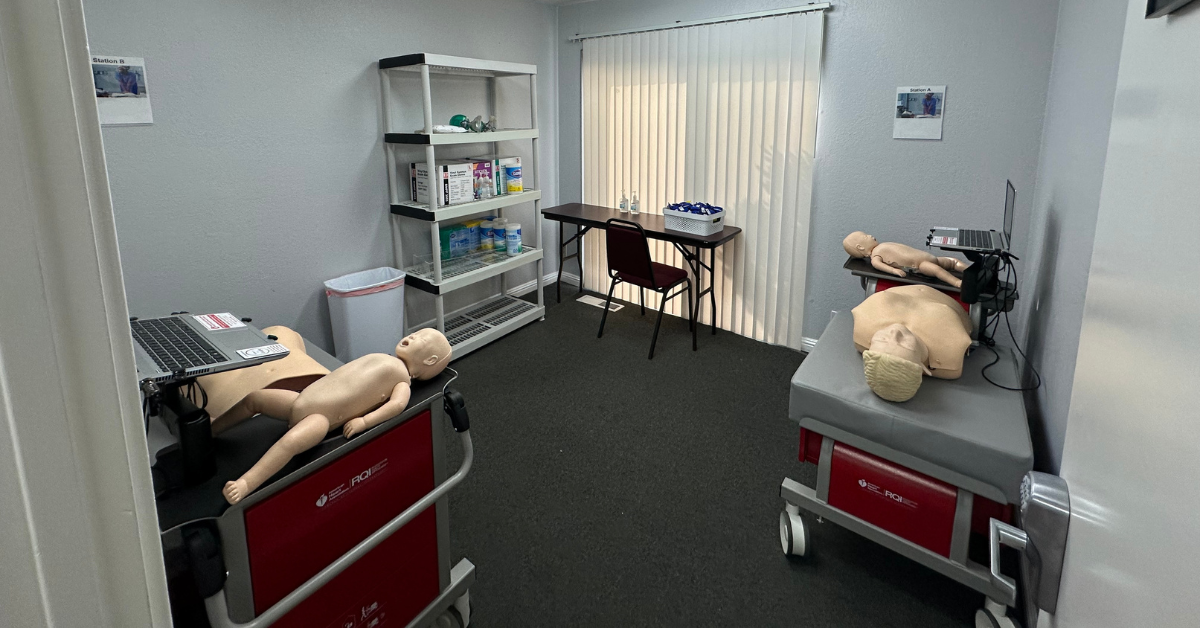Basic Life Support (BLS) classes are essential for anyone who wants to develop life-saving skills. Whether you’re a healthcare provider, first responder, or simply a concerned citizen, these courses provide crucial training that can make the difference between life and death in an emergency. BLS classes cover vital techniques such as cardiopulmonary resuscitation (CPR), automated external defibrillator (AED) usage, and airway management to ensure participants are equipped to handle emergencies with confidence.
What Are BLS Classes and Who Needs Them?
BLS classes are specialized training programs that teach individuals how to respond to medical emergencies in both professional and non-professional settings. Unlike standard CPR training, BLS classes emphasize a more comprehensive understanding of life-saving techniques for situations requiring immediate action.
Who Needs BLS Classes?
- Healthcare Providers: Doctors, nurses, EMTs, and other medical professionals are required to complete BLS training to stay prepared for patient emergencies.
- First Responders: Firefighters, police officers, and other emergency personnel need BLS training to stabilize victims before they arrive at a hospital.
- Teachers and Coaches: School staff, daycare providers, and sports coaches often pursue BLS certification to ensure they can act effectively in emergencies involving students or athletes.
- Parents and Caregivers: While not required, BLS training provides invaluable skills for parents and guardians who want to ensure their children’s safety.
Real-Life Emergency Scenarios You’ll Train For
BLS classes focus on a wide range of medical emergencies. By training for real-life scenarios, participants gain the skills and confidence to act effectively when seconds count. Some of the most common emergencies covered in BLS training include:
- Cardiac Arrest: Learning high-quality chest compressions, proper ventilation, and AED use ensures participants are prepared to respond when someone’s heart stops suddenly.
- Choking Incidents: Techniques such as the Heimlich maneuver and back blows are practiced to ensure participants can effectively assist adults, children, and infants.
- Stroke Identification: BLS training emphasizes the FAST method (Face drooping, Arm weakness, Speech difficulty, Time to call 911) to identify and react quickly to stroke symptoms.
- Respiratory Emergencies: Training covers how to assess breathing issues and administer rescue breaths or oxygen when necessary.
How BLS Differs from Standard CPR Training
While both BLS and standard CPR training teach crucial life-saving techniques, BLS classes provide a more advanced level of education suitable for healthcare professionals and first responders.
- Emphasis on Team-Based Resuscitation: BLS classes focus on effective communication and collaboration with other rescuers to improve outcomes.
- Advanced Airway Management: BLS training covers techniques such as bag-mask ventilation to maintain a patient’s airway.
- Professional-Level Skills: While standard CPR may focus primarily on chest compressions and basic rescue breathing, BLS classes provide detailed instruction on multiple intervention strategies.
Mastering Team-Based Resuscitation Techniques
Coordinated teamwork can be critical to survival in real-life emergencies. BLS classes emphasize effective communication strategies that improve collaboration during multi-rescuer scenarios.
Participants learn to:
- Delegate roles among team members to ensure each responder is responsible for key tasks.
- Utilize clear communication techniques to ensure instructions are understood and followed promptly.
- Perform continuous, high-quality chest compressions while alternating providers to prevent fatigue.
The Role of AEDs in BLS Training
AEDs are crucial tools in the treatment of sudden cardiac arrest. BLS classes train participants to effectively deploy AEDs, ensuring they understand:
- Device Operation: Hands-on practice ensures participants can power on the device, place pads correctly, and deliver a shock when needed.
- Safety Protocols: Participants learn to assess their surroundings for safety before administering a shock to avoid further harm.
- Integration with CPR: BLS classes emphasize alternating between AED usage and CPR for the best chance of patient survival.
Certification and Recertification: What You Need to Know
Completing a BLS class through an accredited provider, such as an American Heart Association (AHA) Training Center, ensures participants receive a recognized certification card. This certification is valid for two years and must be renewed to ensure skills remain current and effective.
What to Expect During Certification
- Course Duration: BLS classes typically last 3-4 hours and include a combination of lecture, demonstration, and hands-on practice.
- Skills Assessment: To earn certification, participants must demonstrate proficiency in CPR, AED use, and other BLS techniques during a practical exam.
- Written Exam: A multiple-choice test ensures participants understand key concepts such as recognizing cardiac arrest, assessing breathing, and performing effective chest compressions.
Why Recertification Matters
- Skill Retention: Recertification helps participants maintain muscle memory for life-saving techniques.
- Updated Guidelines: Medical recommendations for emergency response evolve over time. Recertification ensures participants stay up to date with the latest AHA standards.
- Employer Requirements: Many professions require active BLS certification to maintain employment status.
Why Choose Safety Training Seminars for BLS Classes?
If you’re seeking high-quality BLS training in Northern California, Safety Training Seminars is your trusted partner. As a woman-owned American Heart Association (AHA) Training Center, Safety Training Seminars offers exceptional courses tailored to healthcare professionals, first responders, and the public. Our experienced instructors provide practical knowledge and realistic simulations to ensure participants are prepared for real-life emergencies.
Upon successful completion of the course, students receive an official American Heart Association certification card, valid for two years. With dedicated customer service available every day from 8 AM to 10 PM, including weekends, Safety Training Seminars ensures you have the support you need to schedule classes or ask questions promptly.
Take the First Step Toward Life-saving Preparedness
BLS classes are an invaluable investment for anyone committed to saving lives. Sacramento residents can secure a spot at a nearby class—view our upcoming Sacramento BLS sessions now! Whether you’re a healthcare provider, teacher, or caregiver, these courses equip you with essential skills to respond to emergencies confidently. Enroll in BLS classes with Safety Training Seminars today and gain the knowledge, certification, and confidence needed to act decisively when it matters most.


